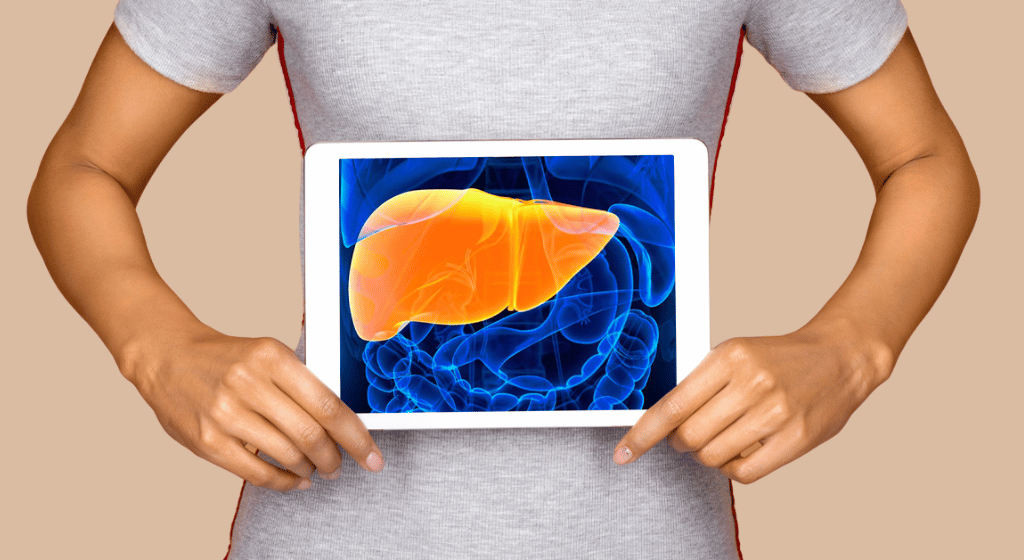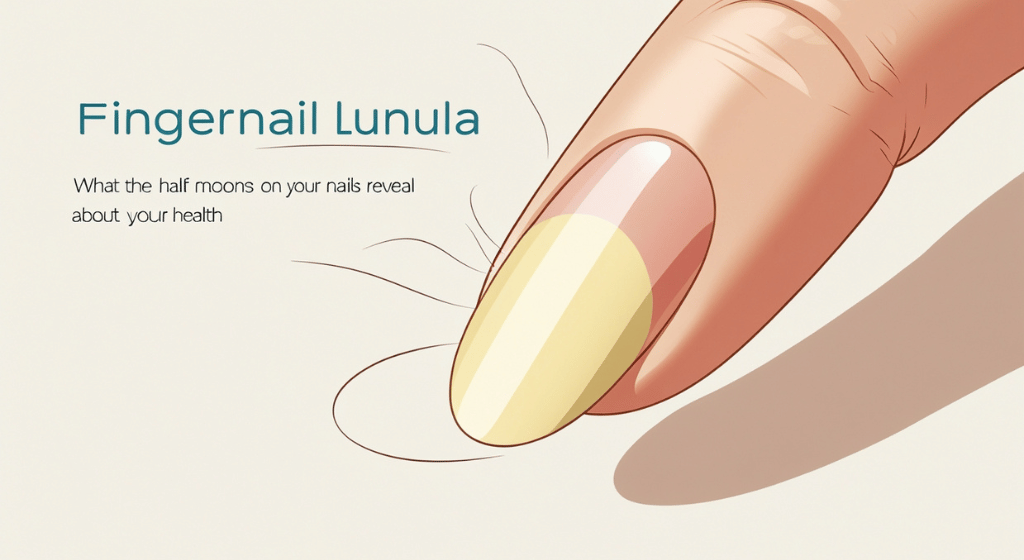10 Warning Signs of Liver Damage You Shouldn’t Ignore
Liver damage can manifest in different ways, and it is essential to be aware of warning signs that may indicate potential problems with this vital organ. The liver plays a crucial role in metabolism, detoxification, and production of essential proteins. Recognizing early signs of liver damage is crucial for timely intervention and treatment. Here are 10 warning signs that should not be ignored:
Jaundice:
One of the most recognizable signs of liver damage is jaundice, which is characterized by yellowing of the skin and the whites of the eyes. This occurs when the liver is unable to effectively process bilirubin, a yellow pigment produced during the breakdown of red blood cells.
Abdominal pain and bloating:
Persistent pain or discomfort in the upper right abdomen may indicate liver damage. In addition, swelling or distension in the abdominal area, known as ascites, can be a sign of advanced liver disease.
Dark urine:
Dark-colored urine, especially if it looks like cola, can be a symptom of liver damage. This may be due to the presence of bilirubin, which is excreted through urine when the liver is not working properly.
Pale stool:
Light-colored or pale stool may indicate that bile is not reaching the intestines, which could be the result of liver dysfunction. Bile gives stool its brown color, and any imbalance in its production can lead to pale stool.
Chronic fatigue:
Constant fatigue and weakness can be a symptom of various liver disorders. The liver produces energy stores and regulates blood sugar levels, so any malfunction in its function can lead to fatigue.
Loss of appetite and weight loss:
Liver damage can affect digestion, leading to loss of appetite and unintended weight loss. Malnutrition may result from the body’s inability to absorb nutrients properly.
Vomiting and nausea:
Liver damage can cause nausea and vomiting, especially after meals. The digestive system may be compromised, leading to difficulties processing food.
Itchy skin:
Liver dysfunction can cause bile salts to accumulate under the skin, causing severe itching. This symptom, called itching, is often more noticeable in extreme cases.
Spider angiomas:
Spider hemangiomas are small red blood vessels that radiate outward from a central point and resemble a spider’s web. This can be a clear sign of liver damage and is associated with increased blood flow in the skin due to changes in the liver.
Easy bruising and bleeding:
The liver produces clotting factors, and liver damage can impair this function, resulting in prolonged bruising and bleeding. In addition, nose and gum bleeding may occur.
It is important to note that the severity of these signs can vary, and some people with liver damage may not have any symptoms until the disease has progressed significantly. If you experience any of these warning signs, it is essential to consult a healthcare professional for a thorough evaluation and appropriate management. Early detection and intervention can significantly improve the prognosis of liver disorders.



